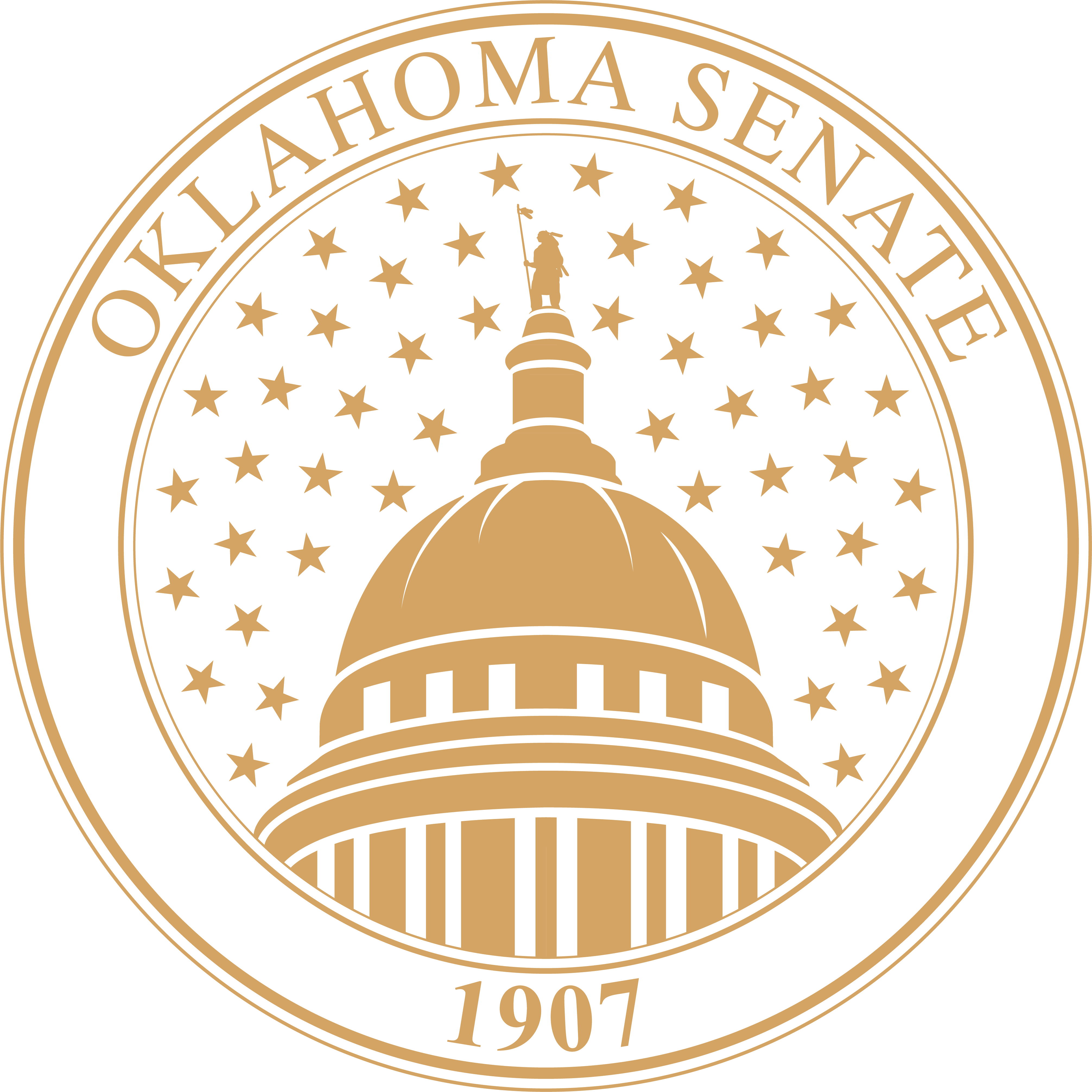In order to provide equal access and equal opportunity to people with diverse abilities, this site has been designed with accessibility in mind. Click here to view
Op-Ed: Vigilance needed to ensure education pay raises used as intended
Efforts revealed to misuse education support staff salary funds
The teacher walk out last month, I believe, taught all those involved many things. As a senator, I was very appreciative of all those that took the time to come to my office to exercise their constitutionally-given right to come to their house, the state Capitol, and express their positions with regard to education. Of all the things I learned, the two most repeated needs expressed by educators and their supporters was a desire for smaller classroom sizes and more pay for support personnel.
On April 3, Gov. Fallin signed HB1026xx into law. I feel confident that our governor, like the state legislature, passed this measure into law with the intent of providing increased pay for education support personnel, and no one else.
Over the last few weeks, I’ve talked to educators in multiple school districts around the state who are extremely concerned about talk of plans within their districts to use the HB1026 support personnel funds to give raises to administrative staff. These educators have asked to be kept anonymous to prevent retaliation from their administration.
Whether school administrators pro-rate these funds over a twelve-month period, in an effort to provide a more generous raise for administrative staff, or to just straight out provide a raise for already generously-compensated administrative staff, this is absolutely not the intent of this legislation according to anyone, including legislators, who voted for or followed this legislation. The State Department of Education has also released on its website how the funds are to be used and clarified that it is not for administrative staff.
I would respectfully request that any school districts that are contemplating using this money for anyone other than support personnel who work closely with our students during the nine-month school year, to not do so.
In addition, several educators have expressed serious concern on the percentage of education funds that make it to their local classrooms where it’s most needed. If one of the two most important issues facing public education is classroom size, it seems irresponsible of districts to spend less than a majority of formula funds within their school classrooms.
I’d like to encourage all who have a concern for education funding to confirm what percentage of education funding makes it to the classroom in your school district, and if it’s not a large majority you should request that your school board increase the percentage. Deciding how to use education funds is their responsibility, and if it’s below 50% let me know and I’ll demand an immediate audit to determine why more funds aren’t making it to the classroom.
Finally, I’d request that before districts use any additional funds to give raises to administrative staff, or for other nonessential areas, that they leverage those extra funds to further enhance support personnel pay and do whatever they can to decrease class sizes. These are decisions left up to local administrators and school boards, not the legislature.
The plans I’ve learned of to misuse these funds surely are very isolated, and I feel confident that the overwhelming majority of school districts are planning to use the funds as intended; however, I think it’s imperative that I bring this to the attention of the citizens of our great state so that we can closely monitor our education tax dollars to ensure that the most pressing needs within our school districts are addressed first and foremost.
 Oklahoma Senate
Oklahoma Senate

